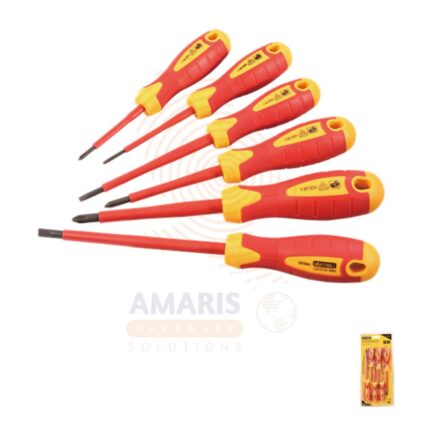

Dry Wall Sander
$22,500.00 Original price was: $22,500.00.$21,500.00Current price is: $21,500.00.
A drywall sander is a specialized tool designed for smoothing and finishing drywall surfaces. It typically consists of a flat sanding head attached to a long handle, allowing the user to reach high or wide areas. The tool is used in conjunction with sandpaper or abrasive mesh screens to remove imperfections, such as bumps, ridges, or joint compound seams, from drywall installations. Drywall sanders may be manual or powered, with some powered versions equipped with a dust collection system to minimize airborne dust during the sanding process. These tools are essential for achieving a smooth and even finish on walls and ceilings before painting or applying other wall finishes.
Dry Wall Sander Uses
- Surface Smoothing:
- The primary purpose of a drywall sander is to smooth the surface of drywall by removing imperfections such as bumps, ridges, and joint compound seams.
- Preparation for Painting:
- Before painting, it’s essential to have a smooth and even surface. Drywall sanders help prepare the drywall for painting by ensuring a uniform and blemish-free finish.
- Finishing Drywall Joints:
- Drywall joints, where sheets of drywall meet, often require additional smoothing and blending. Sanders are used to feather out joint compound and create a seamless transition between panels.
- Texture Removal:
- In some cases, drywall may have existing textures or finishes that need to be removed or smoothed out. A drywall sander can be effective in this process.
- Renovation and Repair:
- During renovations or repairs, existing drywall surfaces may need to be patched or modified. Drywall sanders help blend new patches with the existing surface.
- Ceiling Finishing:
- Drywall sanders are especially useful for finishing ceilings where it can be challenging to achieve a smooth surface using other tools.
- Dust Collection:
- Many modern drywall sanders come equipped with dust collection systems. This feature is crucial for minimizing airborne dust, creating a healthier work environment, and reducing cleanup time.
- Efficiency and Time Savings:
- Drywall sanders, particularly powered ones, can significantly speed up the sanding process, making it more efficient and less physically demanding compared to manual sanding.
- Professional Construction and Drywall Work:
- Drywall sanders are standard tools used by construction professionals, drywall installers, and painters to achieve high-quality finishes in commercial and residential projects.
- DIY Home Improvement:
- DIY enthusiasts and homeowners undertaking interior remodeling or renovation projects often use drywall sanders to achieve professional-looking results in their homes.
Safety Precautions
- Wear Full PPE – Safety goggles, N95 mask, and hearing protection
- Check Sanding Pad – Ensure it’s securely attached and not torn
- Secure Ladder/Platform – Maintain stable footing when sanding overhead
- Use Dust Extraction – Connect to a vacuum to reduce airborne particles
- Disconnect Power – Unplug/remove battery before changing pads
Storage Procedures
- Clean After Use – Remove drywall dust from vents and pad
- Store Sanding Pads Flat – Prevent warping or moisture damage
- Hang or Case Storage – Protects sander mechanism
- Battery Care (if cordless) – Remove and store at 30–50% charge
Critical Warnings
- NEVER sand without dust control
- NEVER apply excessive pressure—let the sander glide
- NEVER use damaged or clogged pads
Drywall sander
Rated voltage: 220-240V~50/60Hz
Input power: 850W
Adjustable round speed:
800-1700r/min
Adjustable length: 1.2m to 1.72m
1pc Extension rod
1pc bag
1pc sand paper
1pc tubes
1 pair carbon brush
1pc inner hexagon spanner
Available with different specification:
Including:
Input power: 1050W
No-load speed: 600-2600rpm
Related products
10 pcs 6mm Accessories for Die Polisher Set
2 pcs Sanding Belts
Belt Sander
Bench Grinder
Cup Wire Brush with Nut -Metric
- Cup Wire Brush: A cup wire brush is a type of brush with bristles (wires) arranged in a cup-shaped configuration. These brushes are commonly used for cleaning, deburring, and surface preparation in various applications. The cup shape allows for effective cleaning in concave and irregular surfaces.
- Nut - Metric: A nut in the context of hardware typically refers to a type of fastener with a threaded hole. The term "Metric" indicates that the nut follows metric system standards, which means it uses metric measurements for its dimensions. In the metric system, measurements are based on units such as millimeters and meters.


 Acrylic Sealants
Acrylic Sealants Adhesive Application Tools
Adhesive Application Tools Construction Adhesives
Construction Adhesives Double-Sided Tape
Double-Sided Tape Masking Tape
Masking Tape Epoxy & Resins
Epoxy & Resins Duct Tape
Duct Tape Electrical Tape
Electrical Tape
 Auto Body Repair Tools
Auto Body Repair Tools Automotive Wrenches & Socket Sets
Automotive Wrenches & Socket Sets Battery Chargers & Jump Starters
Battery Chargers & Jump Starters Car Jacks & Stands
Car Jacks & Stands Car Wash & Detailing Products
Car Wash & Detailing Products Diagnostic Tools
Diagnostic Tools Tire Inflators & Wheel Tools
Tire Inflators & Wheel Tools Oil & Lubricants
Oil & Lubricants Vehicle Lighting
Vehicle Lighting Suspension Tools
Suspension Tools Vehicle Maintenance Tools
Vehicle Maintenance Tools
 Adhesives & Sealants
Adhesives & Sealants Bricks & Blocks
Bricks & Blocks Cement & Concrete
Cement & Concrete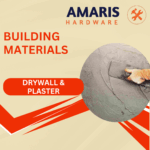 Drywall & Plaster
Drywall & Plaster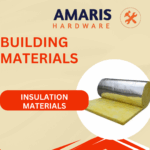 Insulation Materials
Insulation Materials Roofing Materials
Roofing Materials Paints, Primers & Coatings
Paints, Primers & Coatings Marking & Layout Tools
Marking & Layout Tools Quarry Machinery
Quarry Machinery
 Electric Motors
Electric Motors Electrical Boxes & Panels
Electrical Boxes & Panels Electrical Cables & Wires
Electrical Cables & Wires Extension Cords & Power Strips
Extension Cords & Power Strips Fuses & Relays
Fuses & Relays Lighting Fixtures & Bulbs
Lighting Fixtures & Bulbs Conduit & Fittings
Conduit & Fittings Cable Management
Cable Management Measuring & Test Equipment
Measuring & Test Equipment Circuit Breakers
Circuit Breakers Connectors & Terminals
Connectors & Terminals Switches & Sockets
Switches & Sockets
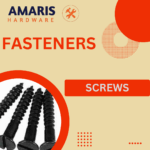 Screws
Screws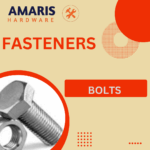 Bolts
Bolts Nuts
Nuts Washers
Washers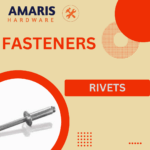 Rivets & Riveter
Rivets & Riveter Anchors
Anchors Nails
Nails Threaded Rods
Threaded Rods Clips & Clamps
Clips & Clamps
 Garden Fencing
Garden Fencing Garden Furniture Hardware
Garden Furniture Hardware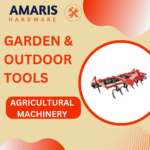 Agricultural Machinery
Agricultural Machinery Lawn Mowers
Lawn Mowers Trimmers & Edgers
Trimmers & Edgers Shovels & Spades
Shovels & Spades Rakes & Hoes
Rakes & Hoes Pruning Shears & Loppers
Pruning Shears & Loppers Watering Systems
Watering Systems Digging Equipment
Digging Equipment Pond Equipment
Pond Equipment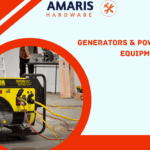
 Generator Accessories
Generator Accessories Inverters
Inverters Diesel & Gasoline Generators
Diesel & Gasoline Generators Power Inverters
Power Inverters Transfer Switches
Transfer Switches Portable Generators
Portable Generators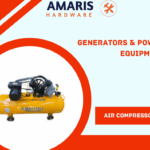 Air Compressor
Air Compressor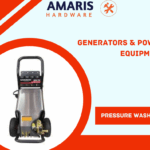 Pressure Washers
Pressure Washers Water Pumps
Water Pumps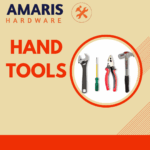
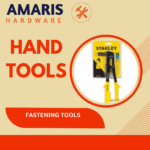 Fastening Tools
Fastening Tools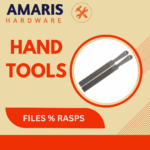 Files & Rasps
Files & Rasps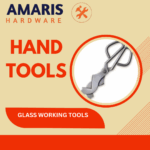 Glass working Tools
Glass working Tools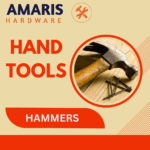 Hammers
Hammers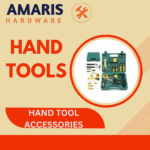 Hand Tool Accessories
Hand Tool Accessories Screwdrivers
Screwdrivers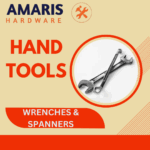 Wrenches & Spanners
Wrenches & Spanners Pliers & Cutters
Pliers & Cutters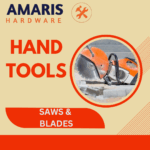 Saws & Blades
Saws & Blades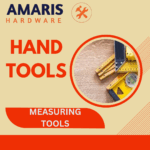 Measuring Tools
Measuring Tools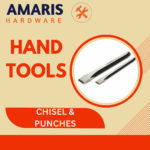 Chisels & Punches
Chisels & Punches Allen Keys & Hex Keys
Allen Keys & Hex Keys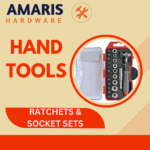 Ratchets & Socket Sets
Ratchets & Socket Sets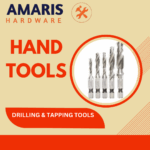 Drilling & Tapping Tools
Drilling & Tapping Tools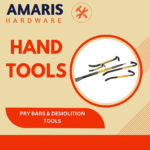 Pry Bars & Demolition Tools
Pry Bars & Demolition Tools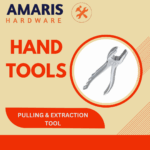 Pulling & Extraction Tools
Pulling & Extraction Tools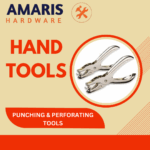 Punching & Perforating Tools
Punching & Perforating Tools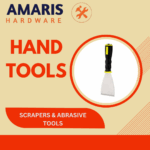 Scrapers & Abrasive Tools
Scrapers & Abrasive Tools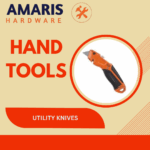 Utility Knives
Utility Knives Woodworking Tools
Woodworking Tools Clamps & Vises
Clamps & Vises
 Hinges & Latches
Hinges & Latches Hooks & Brackets
Hooks & Brackets Door Handles & Locks
Door Handles & Locks Drawer Slides & Cabinet Hardware
Drawer Slides & Cabinet Hardware Window Hardware
Window Hardware Chains & Cables
Chains & Cables Casters & Wheels
Casters & Wheels Shelving & Storage Systems
Shelving & Storage Systems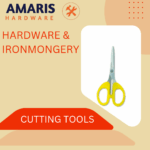 Cutting Tools
Cutting Tools
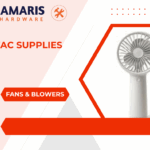 Fans & Blowers
Fans & Blowers HVAC Filters
HVAC Filters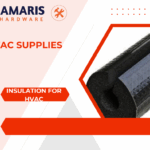 Insulation for HVAC
Insulation for HVAC Air Conditioners
Air Conditioners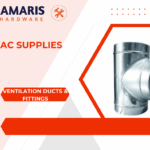 Ventilation Ducts & Fittings
Ventilation Ducts & Fittings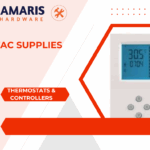 Thermostats & Controllers
Thermostats & Controllers Refrigerants
Refrigerants
 Food Processing Machinery
Food Processing Machinery Gaskets & Seals
Gaskets & Seals Harvesting Equipment
Harvesting Equipment Hydraulic Fittings
Hydraulic Fittings Industrial Fasteners
Industrial Fasteners Industrial Hoses
Industrial Hoses Bearings & Bushings
Bearings & Bushings Belts & Pulleys
Belts & Pulleys Lubricants & Greases
Lubricants & Greases Metal Sheets & Bars
Metal Sheets & Bars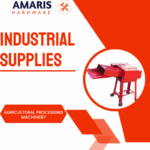 Agricultural Processing Machinery
Agricultural Processing Machinery Poultry Processing Equipment
Poultry Processing Equipment
 Lifting Equipment
Lifting Equipment Transport Equipment
Transport Equipment Storage Solutions
Storage Solutions Conveyors and Accessories
Conveyors and Accessories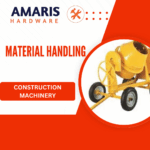 Construction Machinery
Construction Machinery Screening Equipment
Screening Equipment Heavy Machinery
Heavy Machinery
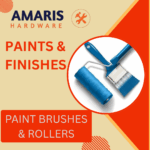 Paint Brushes & Rollers
Paint Brushes & Rollers Paint Sprayers & Accessories
Paint Sprayers & Accessories Paint Strippers & Thinners
Paint Strippers & Thinners Paint Trays & Accessories
Paint Trays & Accessories Primers & Undercoats
Primers & Undercoats Interior Paints
Interior Paints Exterior Paints
Exterior Paints Varnishes & Stains
Varnishes & Stains Spray Paints
Spray Paints
 Pipes & Fittings
Pipes & Fittings Plumbing Tools
Plumbing Tools Pumps & Motors
Pumps & Motors Valves & Taps
Valves & Taps Faucets & Fixtures
Faucets & Fixtures Hoses & Tubing
Hoses & Tubing Water Heaters
Water Heaters Drainage Systems
Drainage Systems Sealants & Adhesives for Plumbing
Sealants & Adhesives for Plumbing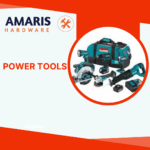
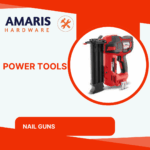 Nail Guns
Nail Guns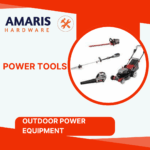 Outdoor Power Equipment
Outdoor Power Equipment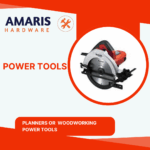 Planers or Woodworking Power Tools
Planers or Woodworking Power Tools Pneumatic Tool
Pneumatic Tool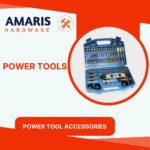 Power Tool Accessories
Power Tool Accessories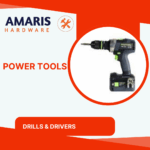 Drills & Drivers
Drills & Drivers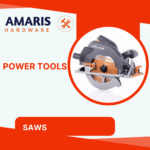 Saws
Saws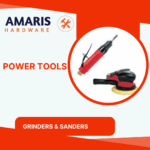 Grinders & Sanders
Grinders & Sanders Heat Guns
Heat Guns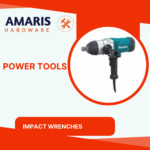 Impact Wrenches
Impact Wrenches Batteries & Chargers
Batteries & Chargers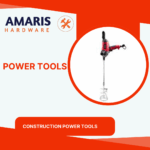 Construction Power Tools
Construction Power Tools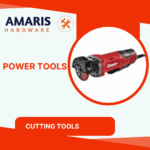 Cutting Tools
Cutting Tools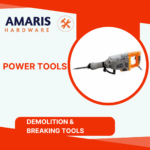 Demolition & Breaking Tools
Demolition & Breaking Tools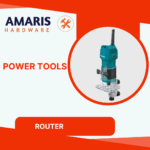 Router
Router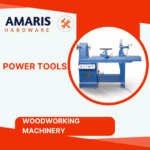 Woodworking Machinery
Woodworking Machinery
 Safes
Safes Security Cameras
Security Cameras Personal Protective Equipment (PPE)
Personal Protective Equipment (PPE) Fire Safety Equipment
Fire Safety Equipment Locks & Padlocks
Locks & Padlocks Motion Sensors & Alarms
Motion Sensors & Alarms
 Shelving Units
Shelving Units Storage Bins & Containers
Storage Bins & Containers Toolboxes & Tool Chests
Toolboxes & Tool Chests Pegboards & Hooks
Pegboards & Hooks Workbenches
Workbenches Drawer Organizers
Drawer Organizers Labeling Supplies
Labeling Supplies
 Flux & Solder Wire
Flux & Solder Wire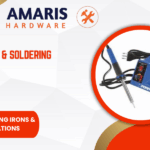 Soldering Irons & Stations
Soldering Irons & Stations Welding Accessories
Welding Accessories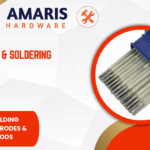 Welding Electrodes & Rods
Welding Electrodes & Rods Welding Helmets & Gloves
Welding Helmets & Gloves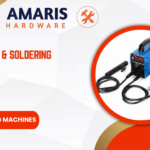 Welding Machines
Welding Machines Welding Safety Equipment
Welding Safety Equipment Gas Equipment – Regulators & Gauges
Gas Equipment – Regulators & Gauges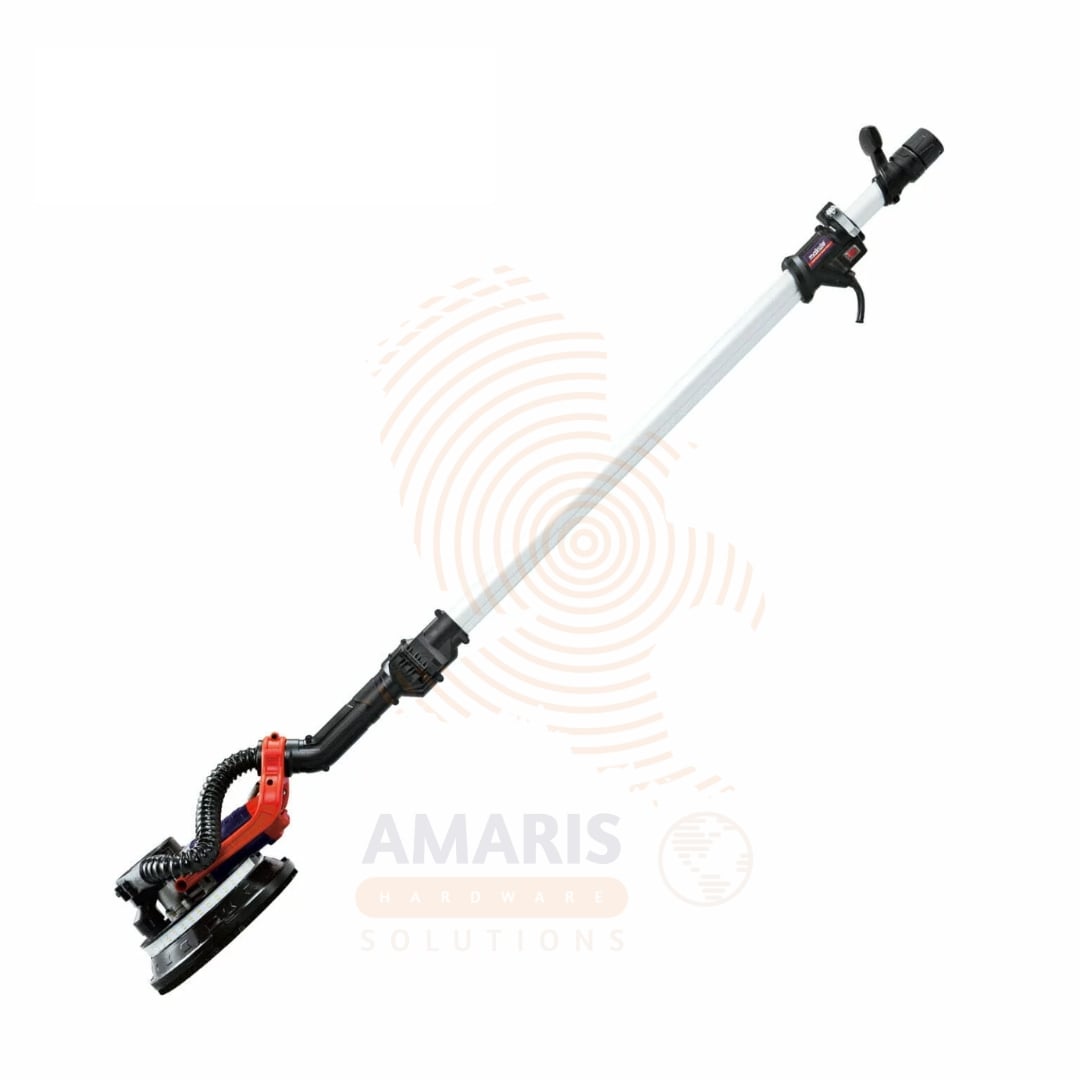
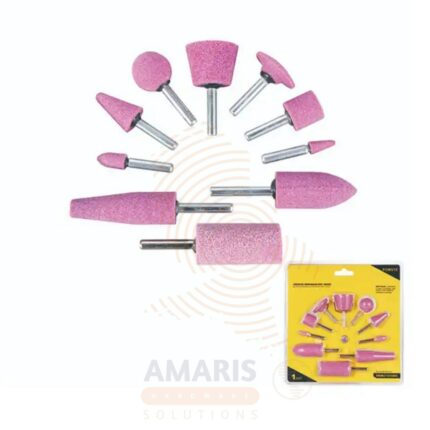

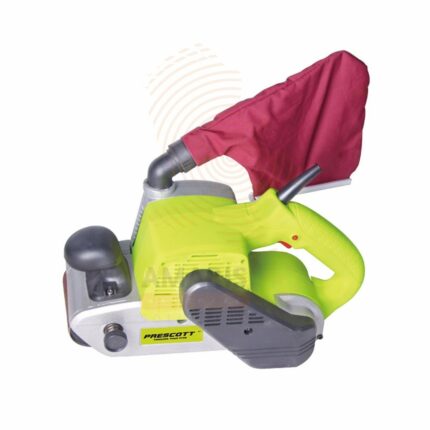
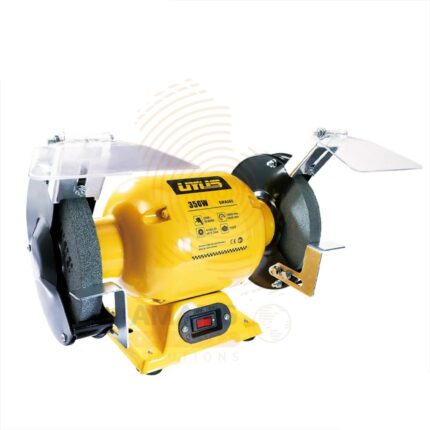
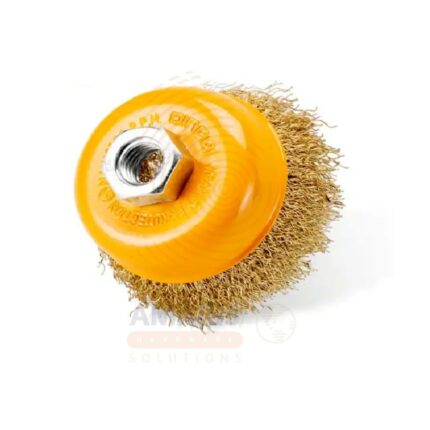
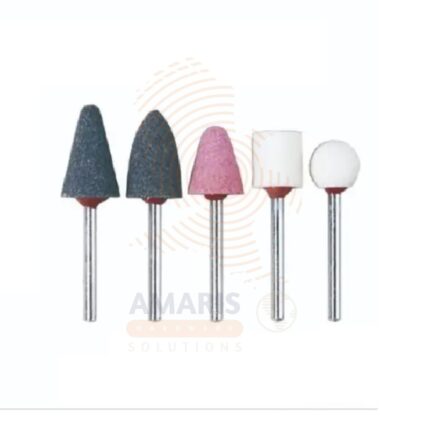
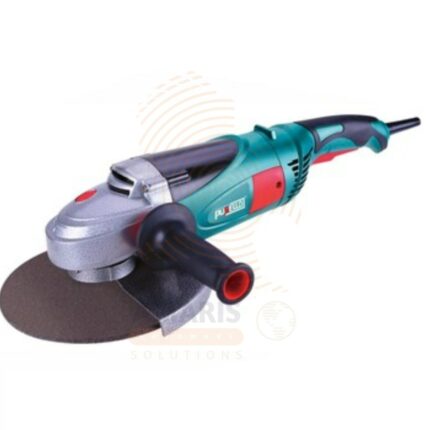
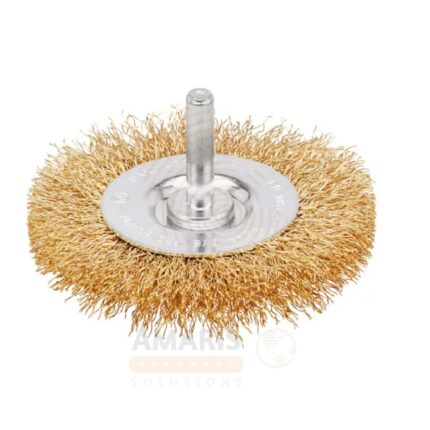
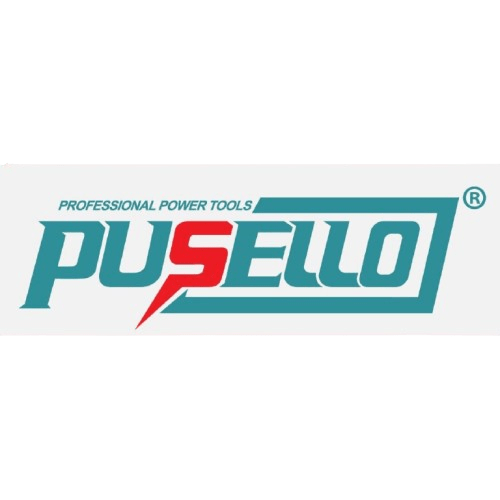
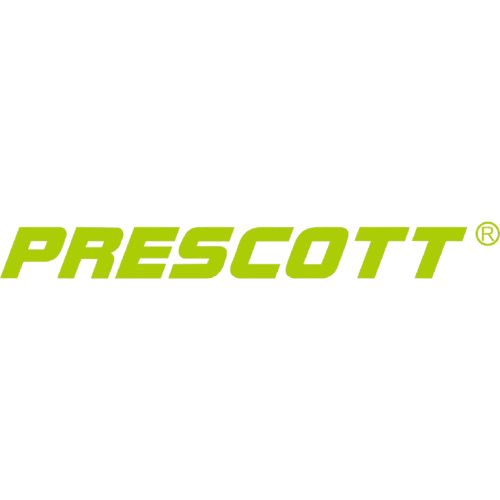

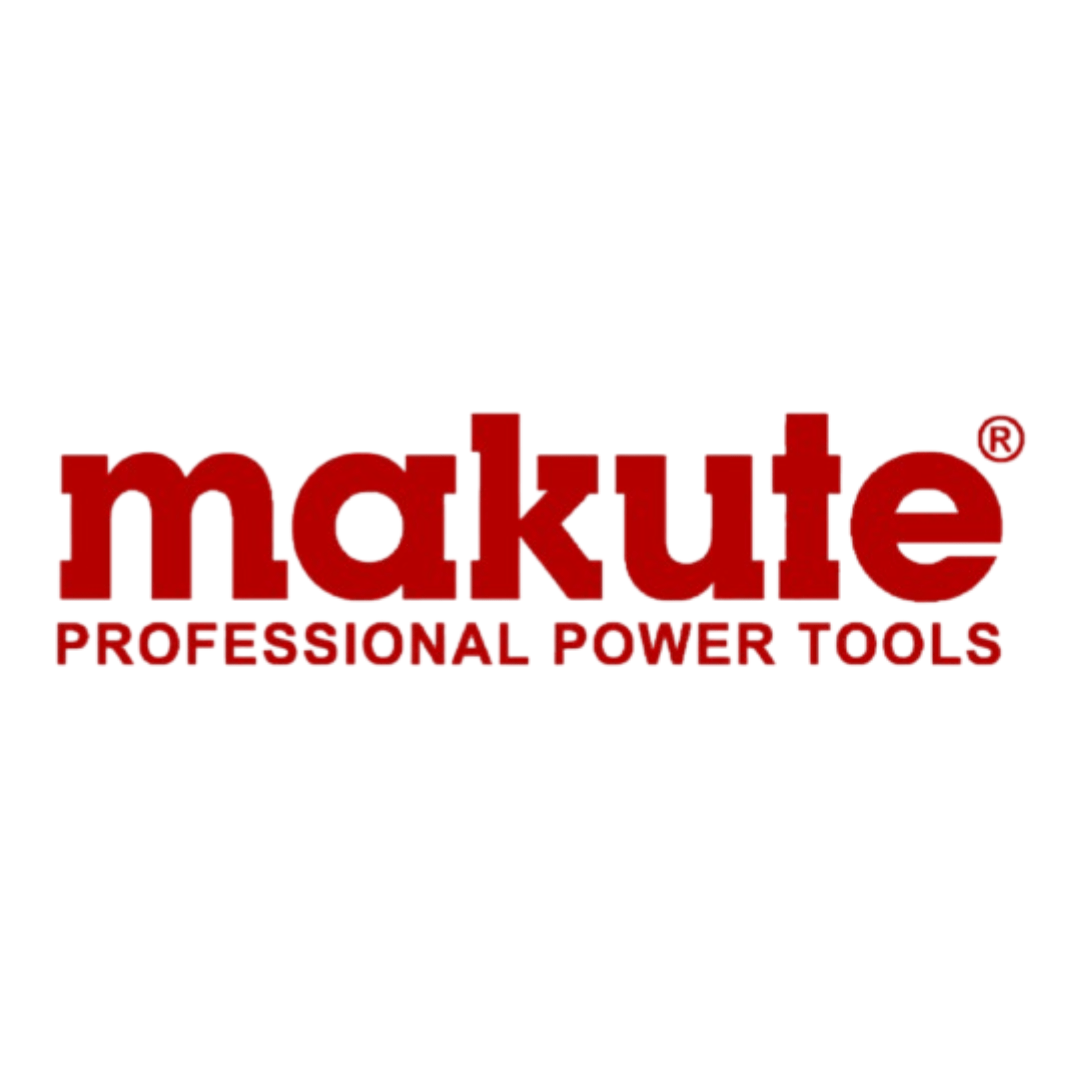

Reviews
There are no reviews yet.